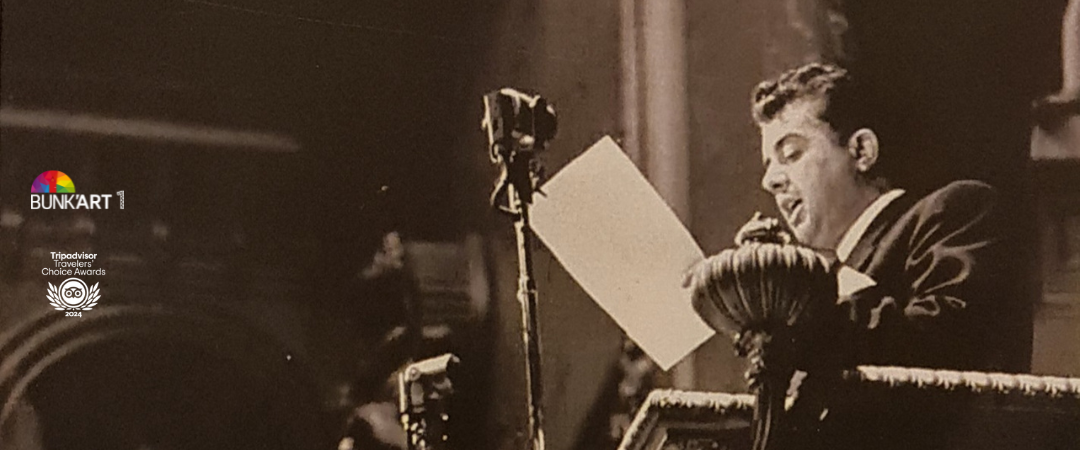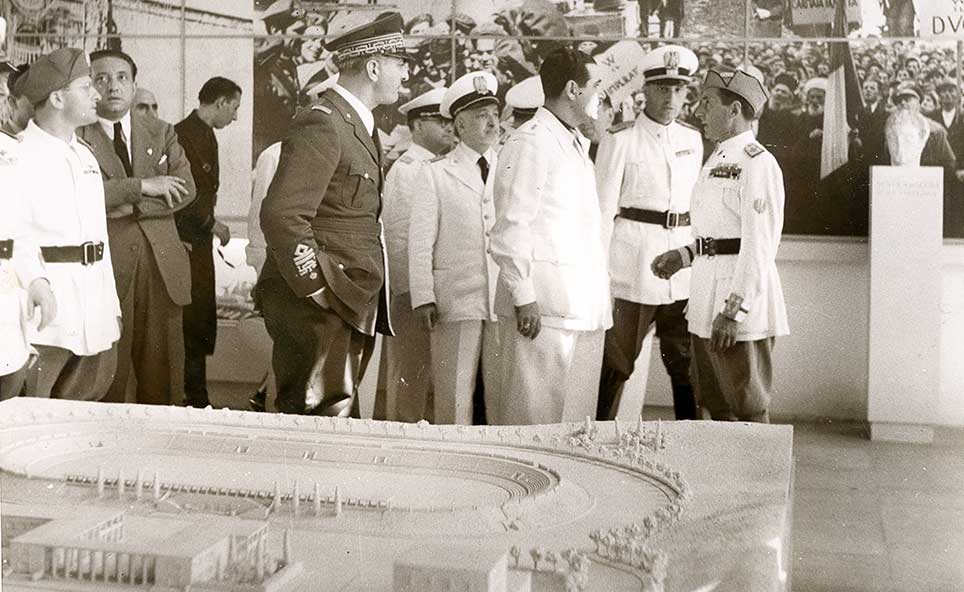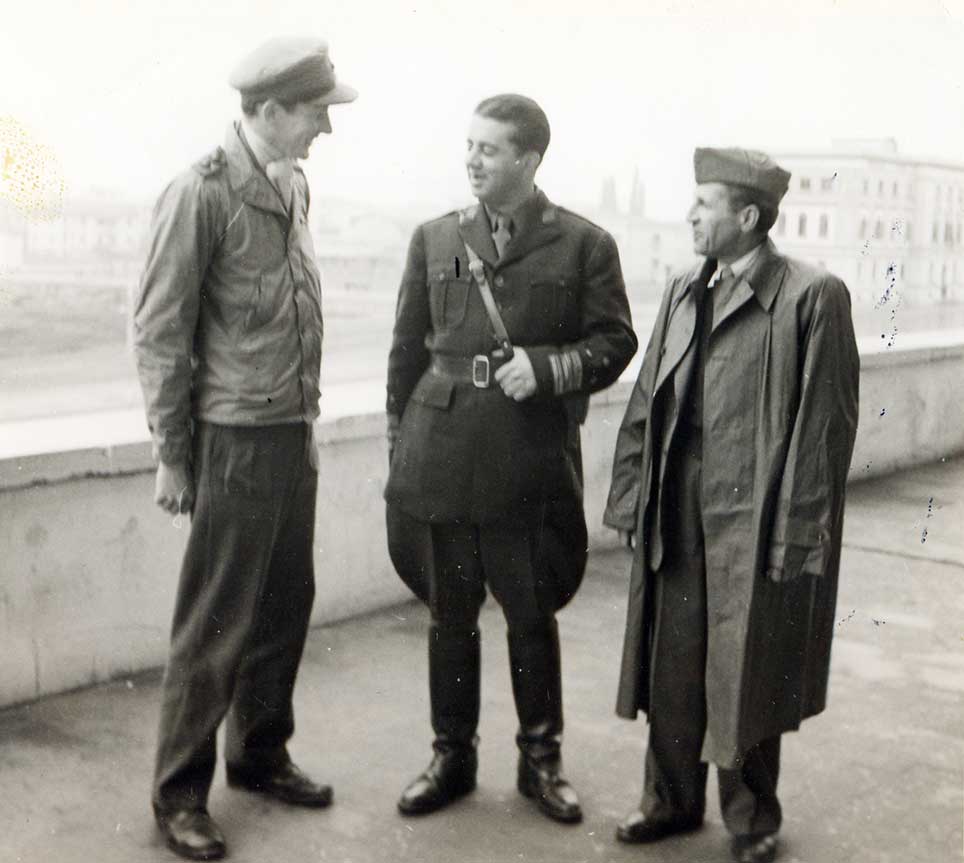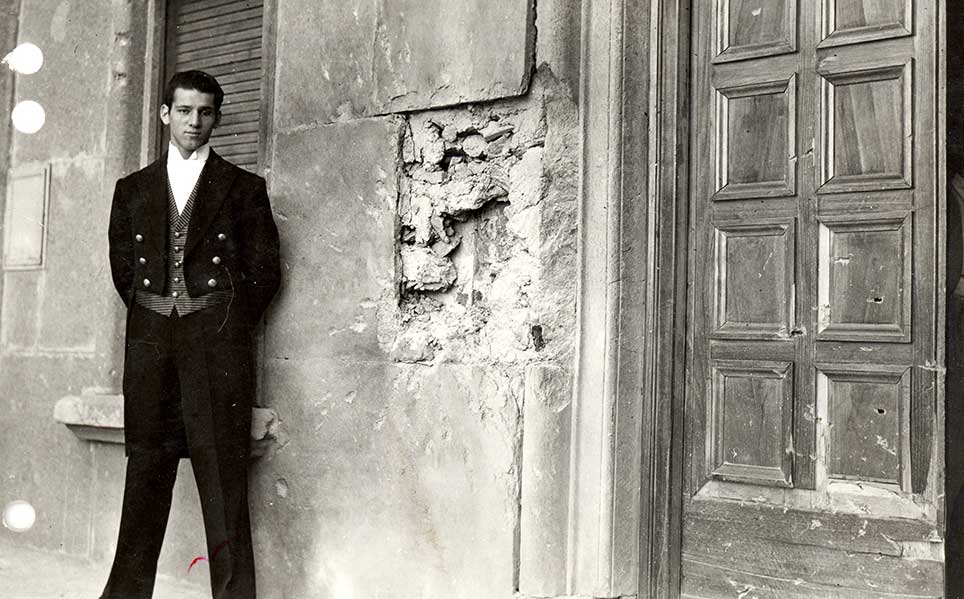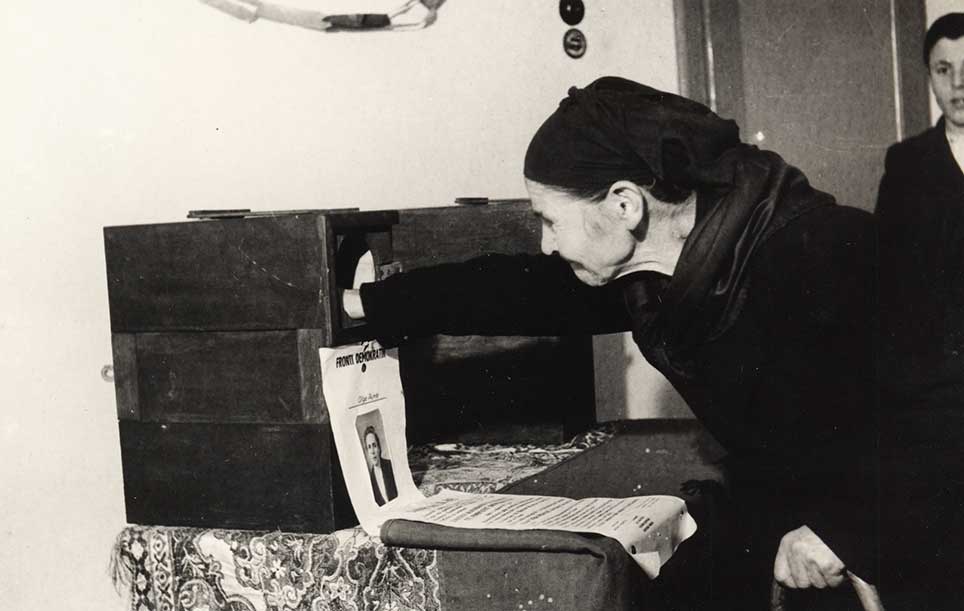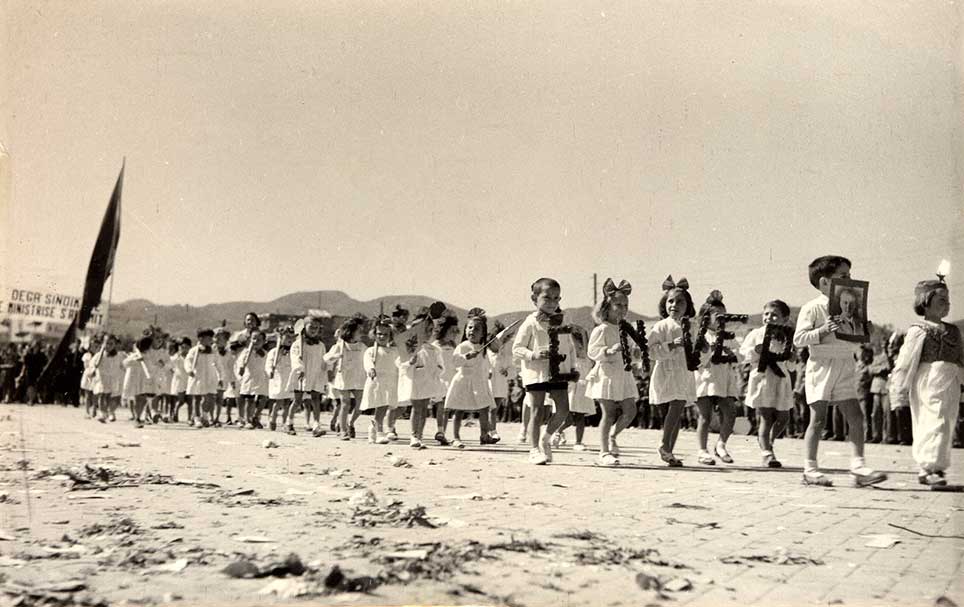BUNK'GALLERY

34 years since the fall of communism in Albania
In 1990, Albania marked the end of a 45-year era of communist rule, a period that left a profound impact on the country’s history. The fall of communism brought hope for a freer future but also revealed the harsh consequences of an isolated regime.
Bunkerization: A Symbol of Fear and Paranoia
During the years of communist rule, Albania became one of the most isolated countries in the world. Under the leadership of former dictator Enver Hoxha, fear and paranoia of an imagined enemy attack led to the massive bunkerization of the country. Thousands of bunkers were built across Albania— from remote villages to cities and beachside areas.
These concrete structures, designed to withstand a nuclear attack, were never used for their intended military purposes. Instead of providing protection, they became symbol of Albania’s isolation from the rest of the world.
The Fall of Communism
Albania was one of the last countries in Eastern Europe to overthrow its communist regime. Massive protests demanding freedom and democracy led to the disbandment of the Albanian Party of Labour. In 1991, with the first pluralist elections, a new era began for Albanians.
However, the legacy of communism remained visible in many ways—an economy in collapse, cultural isolation, and, of course, the countless bunkers scattered across the country.
Bunk’Art 1: Bringing History to Life
Today, one of these bunkers has been transformed into a unique museum—Bunk’Art 1. Located near Mount Dajti, this five-story underground bunker with over 106 rooms serves as a testament to Albania’s communist era.
Bunk’Art 1 offers visitors a journey through Albania’s history, covering:
- World War I and World War II
- The establishment of the totalitarian regime
- The regime’s fall and the legacy it left behind
Authentic exhibitions, the former dictator’s room, and spaces such as the "Socialist House" provide a glimpse into life under the communist regime. This structure preserves the mystery and significance of the past, serving as an important lesson for current and future generations.
A museum unlike any other
Bunk’Art 1 is more than a museum—it’s a historical experience. Located near the Dajti Cable Car, the museum is open everyday for the visitors.








